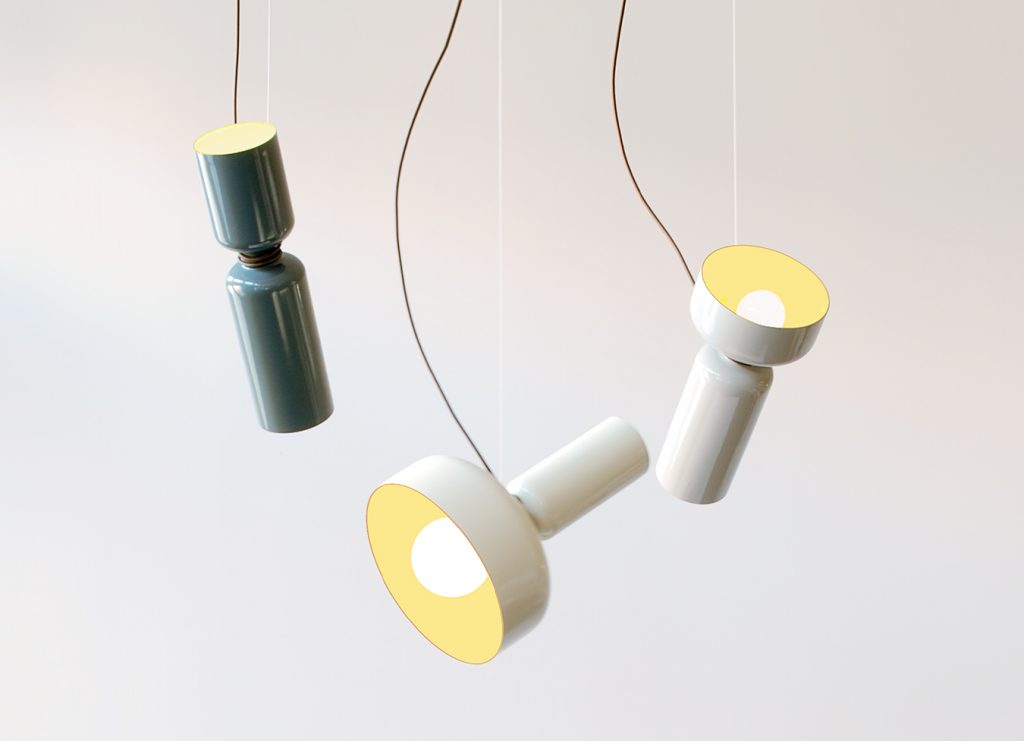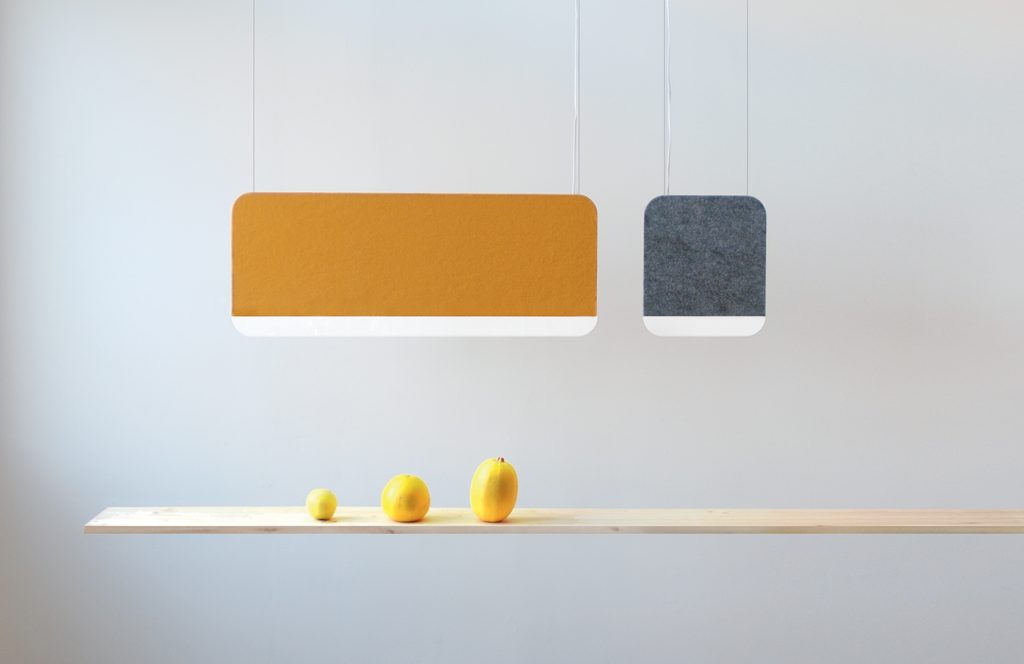Nothing in interior design has the ability to influence the atmosphere of a room quite as much as a light. Imagine something as simple as a candle and the impact its gentle glow and flicker has on an otherwise unwelcoming space. Light is interactive: it has temperature, speed, and behaviour, and it can be made brighter or dimmer. It carries an emotional weight: it can comfort or oppress. “You can make a stool, which is awesome, but it just sits there. That’s why I’m interested in lighting,” says Lukas Peet.
Design is wired into Peet’s family. He was raised in Canmore, Alberta, a Rocky Mountain town a short distance west of Calgary, where both he and his brother were introduced to the art of design by his father, a jeweller, who provided an environment of support and exploration. “After school, we would walk to his studio, and then we had to kill two hours until he was done and we could go home,” recalls Peet. While their father worked, Peet and his brother occupied their time drawing and experimenting with different materials, eventually creating wax objects that their father cast in silver and gold, which in time were melted down after they lost their novelty. “From a very young age, it was very obvious that anything was possible with my dad: just think of something and figure out how to make it.”
At 18, Peet left Canada to study industrial design at the prestigious Design Academy Eindhoven in the Netherlands. But although he was educated in the Dutch school of thought, he doesn’t believe the Dutch aesthetic excessively influences his designs. “The Dutch school has a simplicity, a unique approach. It is a very refined design aesthetic. The way I see it is that I was in Canada for 18 years and had my own ideas about things, and I just went there and was opened up to the possibilities and came back here, and that’s it,” says Peet.
He may design lights, but he prefers to avoid the spotlight, which is part of his attraction to Vancouver. “You can just sort of be here and just do what you want to do,” says Peet. The graduation shows at Design Academy Eindhoven attract crowds of 25,000 that include mobs of press and scouts from major design corporations like Ikea. Despite all the exposure, it was returning to Canada and doing what he wanted to do that got him noticed.
And what attracted the attention was his first product, Rudi, inspired by and named after his father to acknowledge his support. The light, a looped cold cathode lamp suspended by a braided cord knotted elegantly around a bent metal tube, hangs in your mind just as it does from its cord: effortlessly. It’s easy to allow inevitable elements like a cord to detract from the design of a light, but Peet exploits this necessity as an opportunity to stand out. For Peet, a light should never be a sculpture with a light bulb in it; instead, it must have logic and actually perform as an object. Rudi was exhibited in New York during International Contemporary Furniture Fair in May 2011, where it was seen and licensed by Brooklyn lighting company Roll & Hill.
“From a very young age, it was very obvious that anything was possible with my dad: just think of something and figure out how to make it.”
Peet’s designs are graphic as images, but they invite interaction that goes beyond the primary application of simply lighting a space: they ask to be touched, tilted, felt, flicked off and on again. They’re tactile. Magnetic, even. They are charming in a way that seduces you to move just a little closer because they don’t simply emit light—they emit a sense of discovery that something unexpected may appear upon closer inspection, like a cork toggle on a table lamp.
The Slab light, for instance, operates on multiple scales. The prototype is just a slab of wood and Plexiglas, but the product will feature a custom acrylic LED panel covered in die-cut industrial wool felt and be available in a range of colours. Viewed head-on, its mass is an illusion; viewed from the side, it shrinks to nothing more than an inch. “The main idea was trying to make something that has a big presence, but also a very minimal presence,” says Peet.
Few lighting designers would consider the auditory possibilities of a light, but Peet believes that a light can even impact the sound of a room. “I am really sensitive to sound,” he says. “I find that in so many restaurants or public spaces, or even homes, products so are hard and slick and smooth that it gets very noisy, so I wanted to make something that was going to be a little more sound-deadening, which is why the initial idea of felt came.”
The consideration that goes into Peet’s designs goes beyond what an object is and where it will end up to include how it gets there. “I think shipping size, weight, and material and material efficiency need to be considered in all designs to make a product that is conscious of the changes in our world today,” he says. He makes decisions that consider not only production methods and carbon footprints but also time and money spent to get a product from A to B. “It’s the whole trickle-down effect from when you actually sketch it to when it’s in someone’s house,” he explains. “It all has to be thought of. Otherwise you’re just burning money left, right, and centre.”
In December, he was selected by a panel of judges (which included Marcel Wanders, Omer Arbel, and Douglas Coupland) as the winner of the Design Exchange’s Emerging Designer Competition, which took him to Toronto in late February. In addition to a monetary prize, Peet has a solo exhibition at the Design Exchange museum in Toronto running from February 21 until April 1, 2014. The exhibition provides a platform to display the versatility of his aesthetic, and includes objects ranging from clocks and flatware to furniture.
His current focus, however, is Andlight, a lighting company based in Vancouver that he founded with Matt Davis and Caine Heintzman in 2012. With its recursive syntax, the name suggests expansion into other products. “That’s why we settled on Andlight as the name, because it works great as a lighting company but it could also be Andobjects or Andfurniture,” says Peet. The company has been operating quietly thus far, but with Peet’s Toronto exhibition, it’s surely only a matter of time before we begin to see a little more of his light in our lives.











